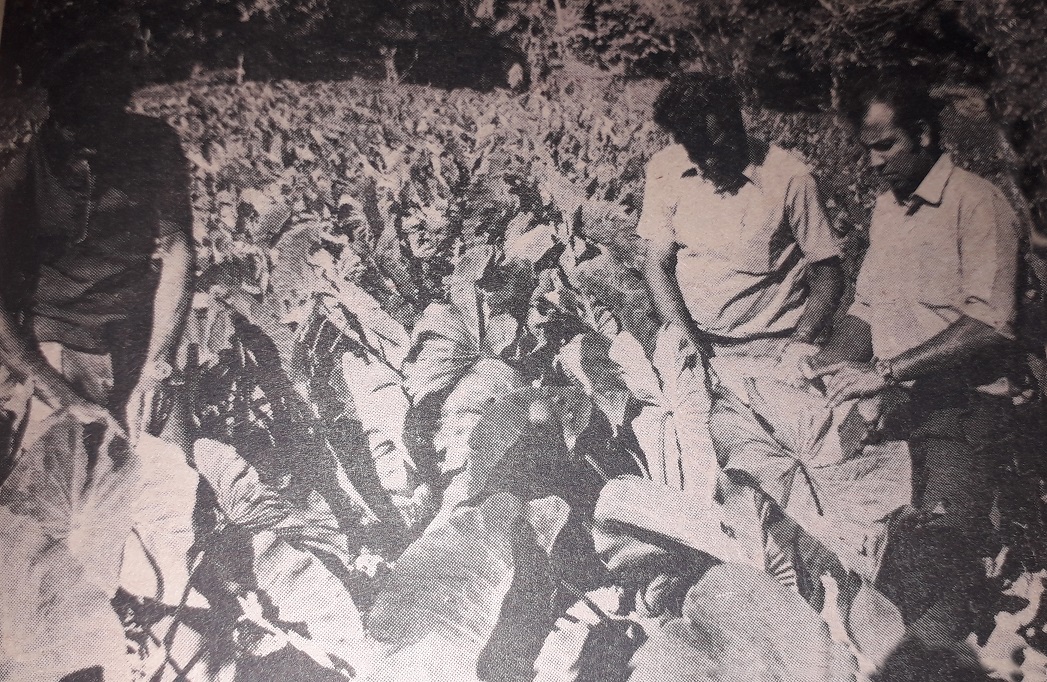On October 22, 1976, The Fiji Times published an article highlighting the success of dalo being planted in Nadroga despite numerous challenges.
The article read: “Dalo is not commonly grown in Nadroga. Most Nadrogans plant tapioca as their main root crop as it thrives in the area”.
The typical weather has shown that the West has resulted in the unsuccessful cultivation of this root crop, however it was noted that there have been some successful instances of dalo planting.
Saimoni Tatasi, who was a 25-year-old farmer then from the village of Emuri, Nadroga, proved many other farmers wrong.
He had built his farm on 10-acre piece of native land which was two miles within the main Queens Rd. He had planted dalo along the riverbank.
He was quoted by The Fiji Times for sharing this statement: “Practically all Nadrogans have tapioca with their meals. Although at odd times we have dalo, it is not to the extent they do at the Central Division, Kadavu or say Moala Island, where farmers have land suitable for dalo growing”.
Mr Tatasi had grown a mall plot of dalo as a test under the supervision of the Agriculture Department.
From this he decided to grow and sell it as form of living. From the article it was said from discussions with Mr Suleman, his extension officer back then.
The plot was harvested successful which was where a decision was made to extend it to a larger scale.
“The location has obviously proved ideal for dalo and I hope to show this to other farmers in the area who have suitable land.
“Hopefully, this will set the place for more dalo growing in Nadroga,” said Mr Suleman.
“Dalo is most suitable for wetter areas – normally grown on fertile hillsides or alluvial soils which are well-drained but remain moist throughout the year.
“It is not seasonal in the wet zone, but best yields are obtained by planting between September and November.
“If grown in the drier areas, planting should be done at the start of the rainy season to ensure an adequate supply of moisture during the early stages of growth.
“Some varieties can be grown under wetland conditions, provided a continuous flow of water is maintained.”






